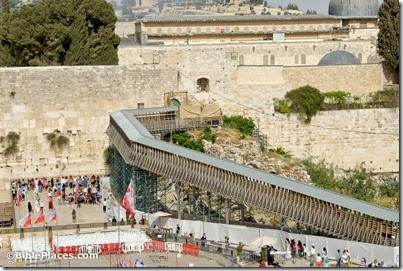The Israel Antiquities Authority has launched a new online museum, featuring objects from the Israel Museum, Rockefeller Museum, and the Dead Sea Scrolls. The National Treasures website currently has more than 5,000 artifacts with more to be added regularly.
The artifacts on the site are arranged both chronologically (according to archaeological periods) and typologically (according to the type of artifact), allowing either a gradual guided entry through the main title pages to the artifact’s information card, or directly to the artifact’s information card using an advanced search box. The artifact’s information card presents detailed archaeological data about the selected artifact, including provenance, type, dimensions, material, site where discovered, dating and bibliography. In addition, hi-resolution images of on-line artifacts may be purchased on-line from the photographic archives of the Israel Antiquities Authority.
It would be great if they would also organize the artifacts by site. This is particularly important because of the variety of spellings of some sites (not Ekron nor Mikne nor Muqanna, but Miqne). You can check it all out here.





